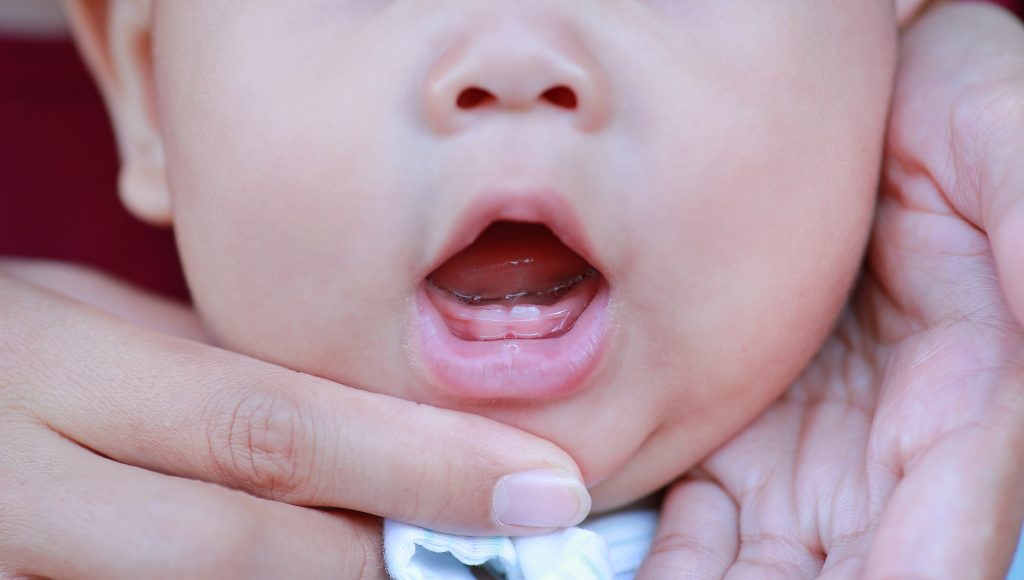
Goals of Orofacial Myology
- Breathing through the nose, with the mouth closed, lips sealed
- Encourage resting tongue posture on the roof of the mouth
- Correct chewing and swallowing function
- Eliminating oral habits, such as finger or thumb sucking
How is this achieved?
After a thorough case history, screening and assessment, exercises are prescribed to address any weaknesses or dysfunction in the individual, keeping in mind the general goals of orofacial myology.
Patient participation is vital with these exercises- oftentimes they need to be done 2-3x per day! Therefore all effort is made to ensure that they are fun and play-based, especially for children. The aim is to transition these movements from being exercises to becoming automatic motor movement patterns over time.
Traditionally, as babies cannot actively do exercises, different oromotor and suck games may be taught to the parents as homework.





